Portal: Revolution, A Great New Mod for Portal 2, Now Playable on Steam
Portal Revolution, developed and published by Second Face Software, is a self-sufficient mod of Portal 2 (as in you do not need to have Portal 2 installed to play), it adds new challenges mechanics, several new puzzles, and an interesting story set between Portal 1 and 2 supported by talented voice acting. All of it for free, and to play you need to have Portal 2 in your account (get it with a 90% off discount when on sale).

The game is a first person 3D puzzle platform that puts the player in the role of a test subject, who needs to find a way to the exit of several test chambers to progress in the game.
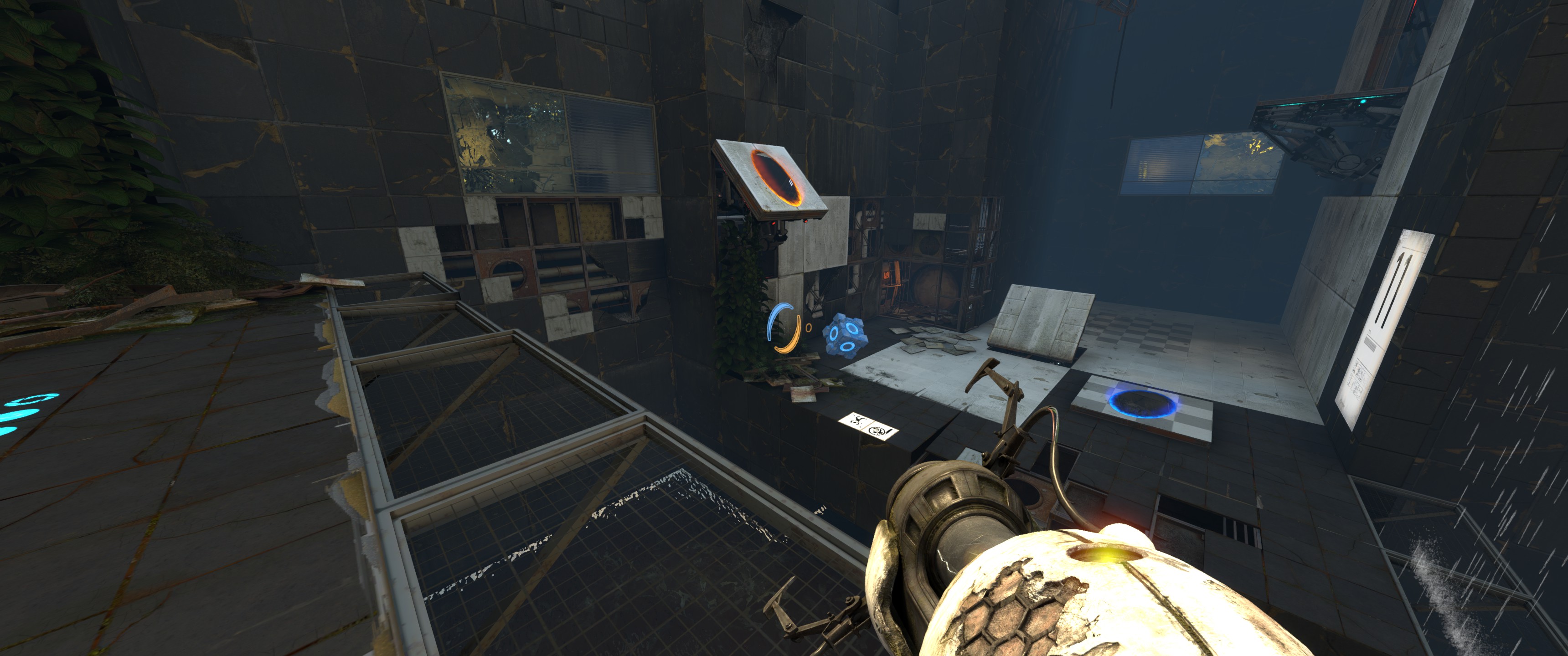
To leave each chamber, you have to solve puzzles that start with a simple press of a button and keep those buttons pressed with the help of some cubes. Those controllers can unlock doors, enable tractor beams, lasers, light bridges, and manipulate the route of pipes and orientation of other elements of the scenery. There are also paint-like gels that alter player movement or allow portals to be placed on any surface depending on their colour.

Lastly and most important, the portal gun, that enables you to place up to 2 portals so you can teleport between them and traverse to places otherwise impossible to reach.
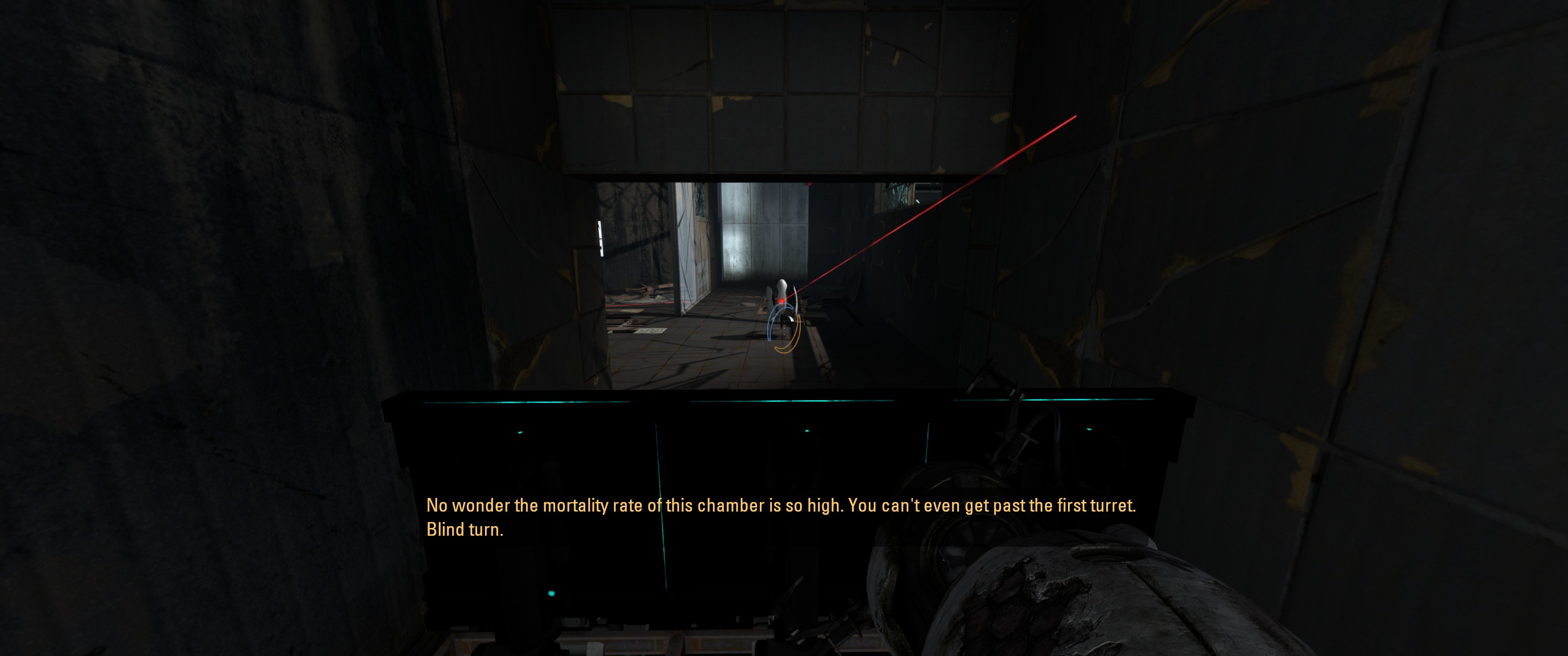
The game is not just a cakewalk, there are several dangers that might kill you if you are not attentive. There are sentry turrets that shoot you if you get in their sight, force fields that disintegrate your body, you can drown in deep water or just the common falling to your death.

Portal Revolution also introduces some new mechanics:
- Resurrected “Pneumatic Diversity Vent” element: a pipe that sucks and blows things that could be seen during Portal 2 E3 Demo
- New laser cube variant - Quantum Cube: now you can redirect and teleport laser beams.
- A field to clean the gels, was it water?

Overall, the game had some interesting and challenging puzzles, but it starts really slow, what was weird for me because one of their promo material says:
Portal: Revolutions puzzle difficulty starts where Portal 2 stops…
I expected more and constant challenges, but in the first chapters you waste more time walking between testing chambers than solving puzzles, it was a bit weird to see the “background” maps that earlier in a Portal game. If you are fresh out of Portal 2, you might flash the early levels.
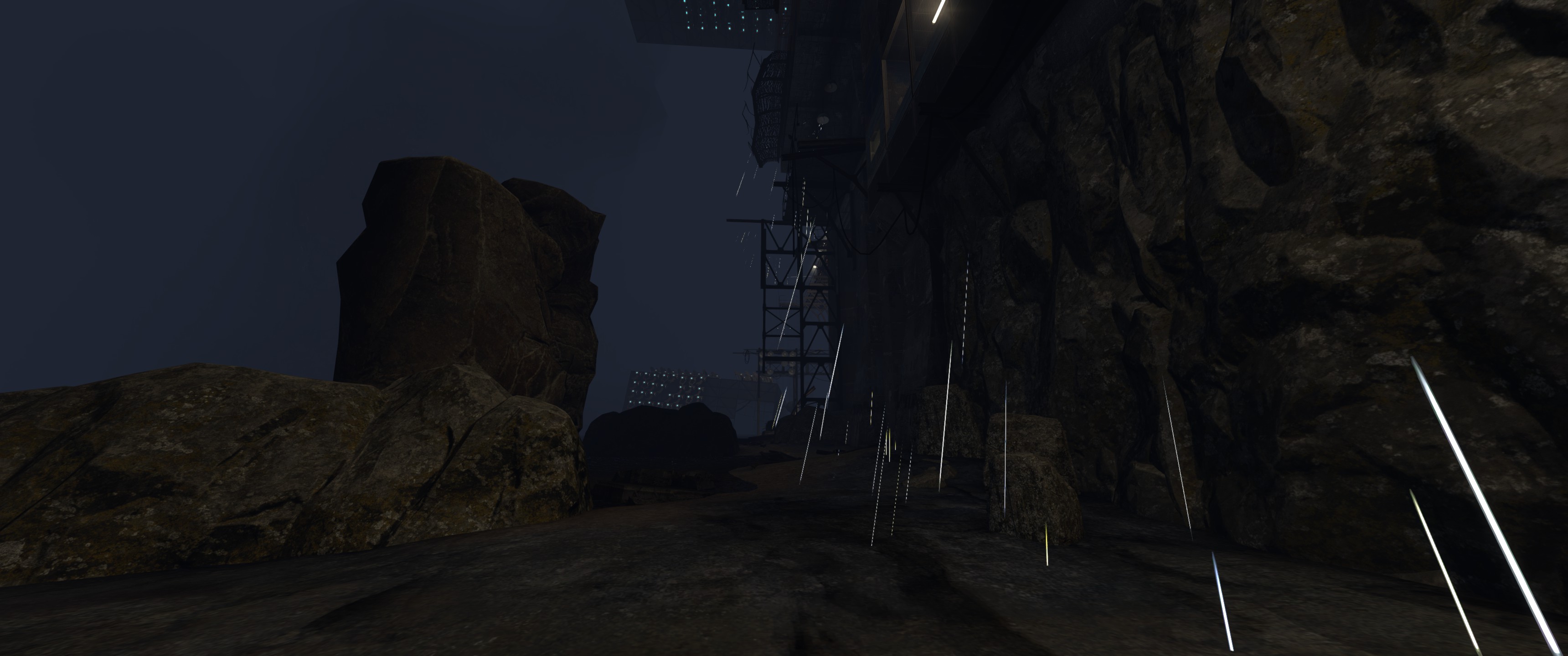
The walking between testing chambers gets worse until mid-game, where you have this long walk, thinking about the opportunities missed for a puzzle here and there with the equipment you have at the moment.
Later, the game picks up its pace, and you have to solve puzzles both in testing chambers and during the “walks” in between, while the story gets untied. The last chamber feels like a timed boss fight - it was the cherry on top for me.
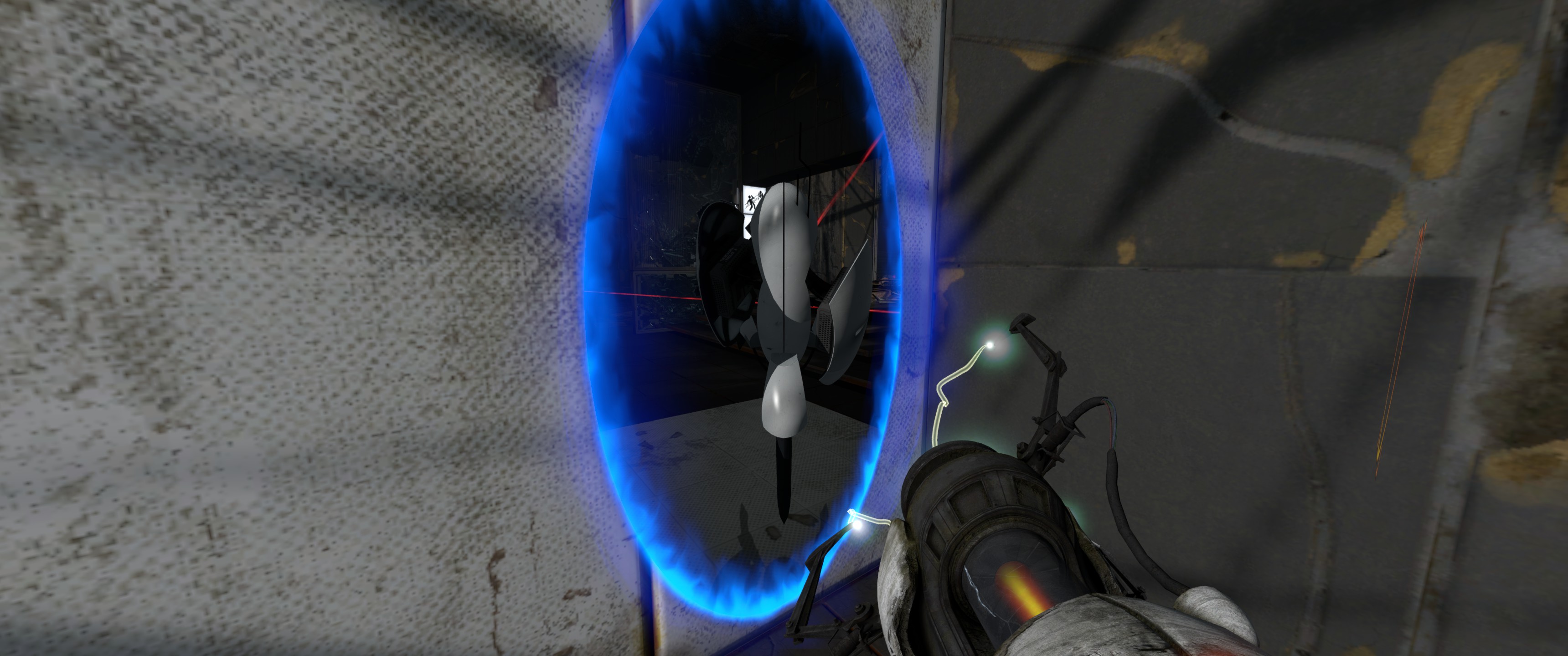
Once I finished the game, I checked the achievements list and that gave me another boost of motivation to get back in the game. One because I learned there are multiple ways to finish some levels, other because of the added challenge of finishing some level without destroying the sentry turrets - it felt like a stealth game by sneaking behind them and facing them to a wall instead of just obliterating them with the dangers presents in a map.
The story was another highlight for me and motivated me to keep going just to see how it would unfold. You can follow it even if you don’t know about the lore, but also there are some name-drops here and there to tickle the fan base needs.
A robot sphere, Stirling, awakes you, a test subject, to ask for your help: to operate a device that only a human can. It will restore Aperture, a company that was destroyed in the past, to its former glory.
Besides having Stirling as unreliable source, you learn from the gameplay and environments about the rise and fall of Aperture and what it means to the world around it.

I really enjoyed the work of the two voice actors, Will Neal and Sarah Jacklin, while they guide you through the game, each character has their on motivation to help you, it really comes through in their performance. And there are hilarious dialogues after they meet in game until the very end. From mocking you for associating with the other robot, to just pulling each other’s legs.
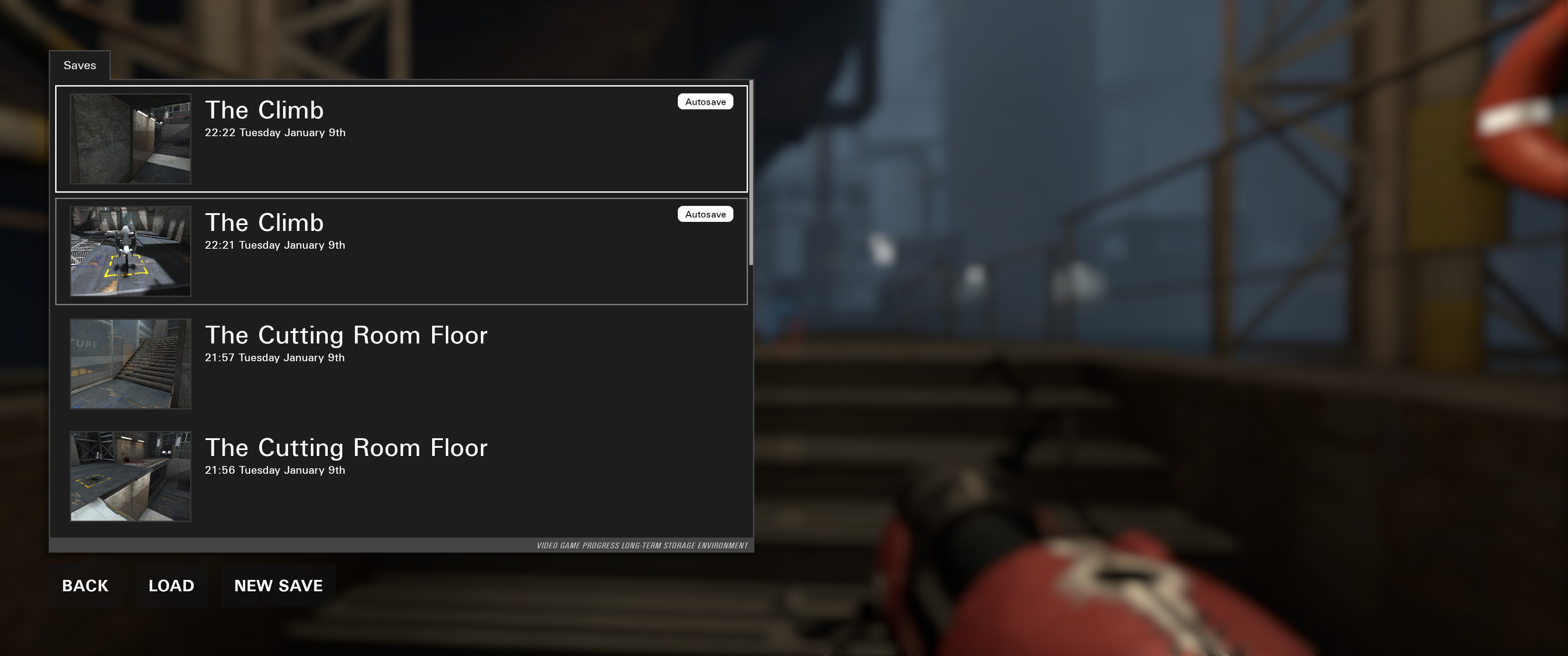
It does not feel like a fan made game, nor a free game. There are big companies out there that struggle to delivery this quality of content. You can follow their dev logs on the ModDB website. Where they describe all the new creations and improvements they did for the game, from the engine development, asset creation to writing and voice acting.
That said, it is not without flaws. I had some problems with audio balance and origin, like a cube blasting audio when I was nearby. The save images do not match the level it loaded. And I had crashes with Linux native in one of the levels that would not let me progress, I finished the game with Proton Experimental. There is no need to copy save files between versions.

With the ~7 hours of fun I had, it feels like any negative points I listed here are just cherry-picking. If you have Portal 2, I strongly recommend you to try this mod. If you do not have, you should consider getting Portal 2, a masterpiece just by itself, with a lot of added value by its free mods, like Portal Reloaded.
Portal Revolution was released on Steam on 2024/01/06 it is free, but it requires you to own the Portal 2 game. Check for more info on their Steam page or their website https://www.portalrevolution.com
The Strata Source
I always get curious about the development of games I play, and one thing that got my attention after enjoying so much Portal: Revolution was the rabbit hole that is Valve’s Source engine.
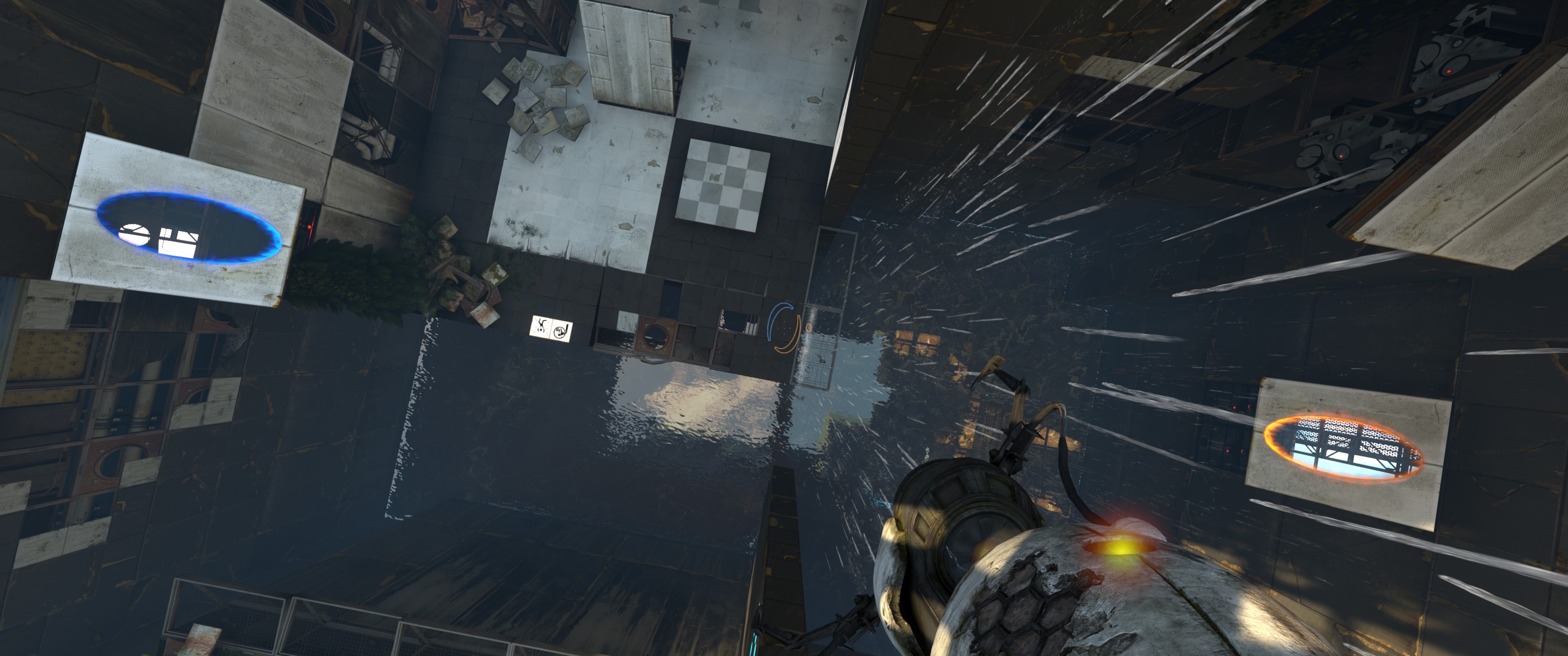
Valve’s Source engine flavours are not linear, it is more a tree. Similar to Titanfall and Apex Legends that were born from one of its branches, so is Strata Source - the engine behind Portal: Revolution.
Strata Source is a community-developed Source engine (not Valve’s), first released publicly with the launch of the game, and is still in active development. You can check their wiki, and their GitHub organization. The source code is not available, and the license is proprietary.
It is built on top of CS:GO engine branch, they added some features from the Portal 2 engine branch.
They also added support to many other things, some of it from Source 2, you can check it here. They have a nice explanation on their page of why not using Source 2, https://stratasource.org/
Since the Source 2 announcement in 2015, there was not much information about it - like documentation or public SDK. Even if you try to make some mods for Dota 2 Reborn, its Hammer editor will not be a pleasant experience - besides it being one of the game editors I could not get working on Linux.
